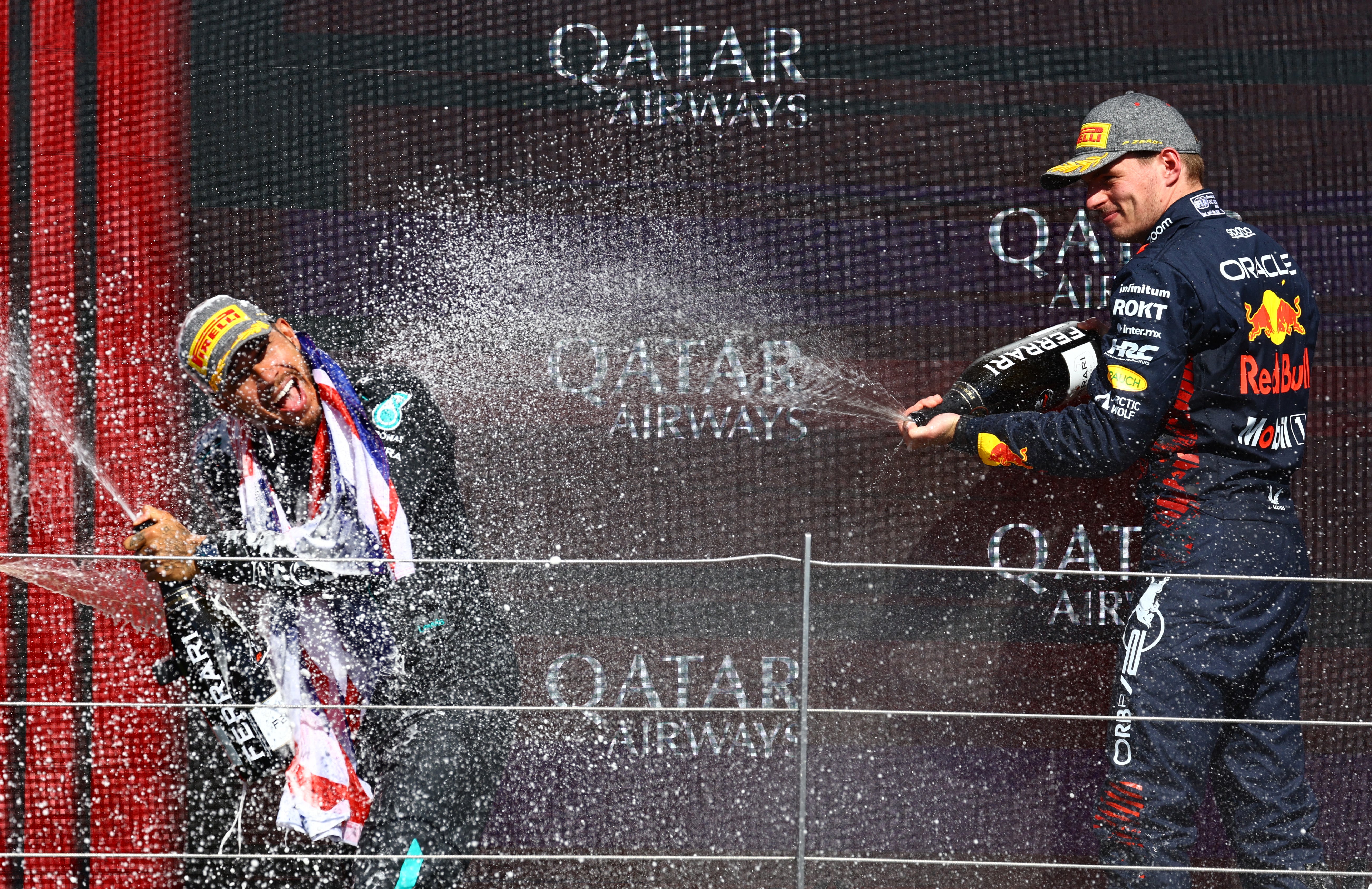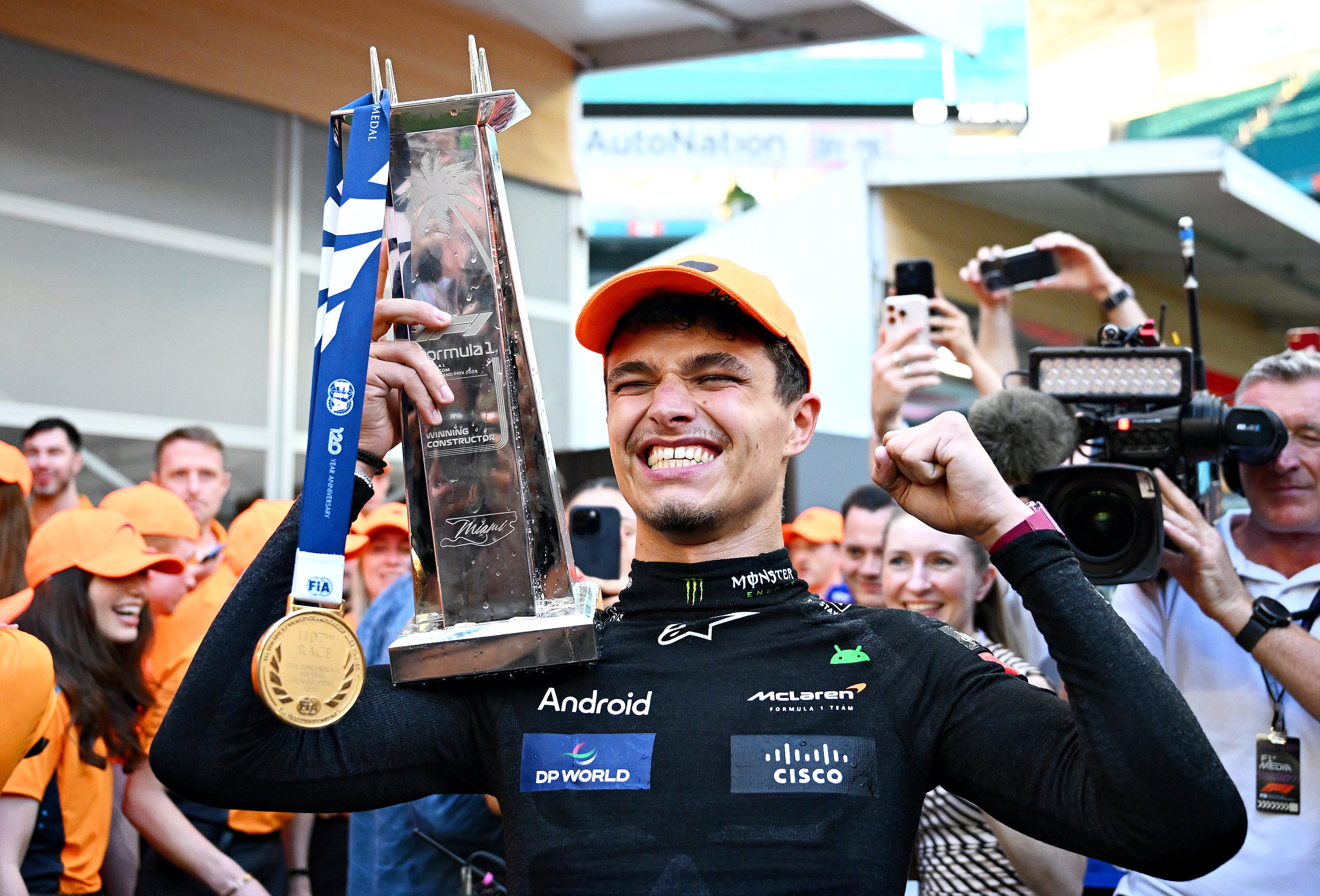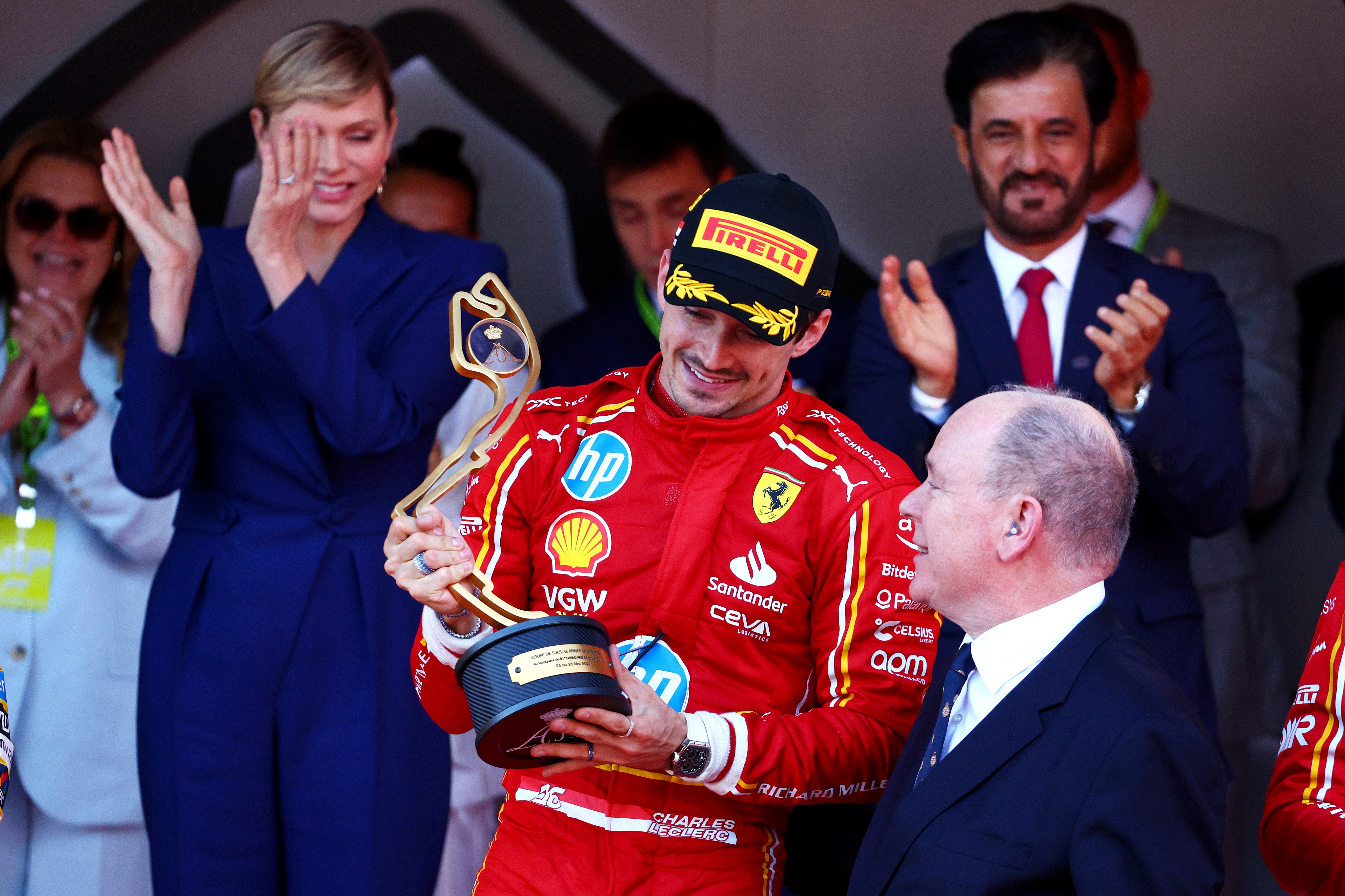How the 2024 F1 season sparked into life with four teams in contention at Hungarian GP
Red Bull, McLaren, Mercedes and Ferrari are all fighting for victory at the halfway stage of the season – how different this is to race one
Your support helps us to tell the story
From reproductive rights to climate change to Big Tech, The Independent is on the ground when the story is developing. Whether it's investigating the financials of Elon Musk's pro-Trump PAC or producing our latest documentary, 'The A Word', which shines a light on the American women fighting for reproductive rights, we know how important it is to parse out the facts from the messaging.
At such a critical moment in US history, we need reporters on the ground. Your donation allows us to keep sending journalists to speak to both sides of the story.
The Independent is trusted by Americans across the entire political spectrum. And unlike many other quality news outlets, we choose not to lock Americans out of our reporting and analysis with paywalls. We believe quality journalism should be available to everyone, paid for by those who can afford it.
Your support makes all the difference.It’s Saturday night in Bahrain, March 2024. Away from the hullabaloo of paddock gossip and the Red Bull soap opera, the world champions had blown away the field – again – on their more comfortable field of racing tarmac. Max Verstappen stormed home in first, 22 seconds clear of teammate Sergio Perez. Carlos Sainz, in third, was 25 seconds off Verstappen and Charles Leclerc 39 seconds behind in fourth.
Cheeks were puffed out, gloomy faces descended. After a 2023 campaign where Red Bull won 21 out of 22 races, were we really in for another 10 months of ultra-domination? Would more eyes be turned away in the absence of any competitive action at the front once more? Could Verstappen, perhaps, be the first driver ever to win every race in a season?
The answer to all the above, at the halfway stage of this record 24-race campaign, is a reassuring no. Because, after two years, the others have finally got their act together.
While last year we only had three different grand prix winners all year, 12 races in ’24 have already produced six different winners. In fact, since that Bahraini bore-fest, the narratives have been compelling.
We had Ollie Bearman’s excellent and somewhat fairytale Ferrari debut in Saudi Arabia, before Sainz (weeks after being dropped for Lewis Hamilton next year) took advantage of a rare case of Verstappen mechanical misfortune to lead home a Ferrari one-two in Melbourne. Granted, Red Bull restored their momentum in Japan and China but since Lando Norris’sthrilling inaugural win in Miami, the contest at the front has been absorbing and wide-ranging.
Charles Leclerc won his home race in Monaco, ending years of torment and a 22-month duck. Russell capitalised to claim victory after the major flashpoint between Verstappen and Norris in Austria, his first win in 19 months. And to cap off the first half of the season, Hamilton broke his 31-month drought – 945 days to be precise – with a record ninth win at the British Grand Prix, in front of an adoring capacity crowd.
For the first time since the start of 2022 – the very beginning of this current set of ground-effect regulations – there is a sporting battle worth the hard cash and splendour.
Yet with 12 down and 12 to go, Verstappen still leads by a clear margin. Eighty-four points separate him and Norris in second, with McLaren having left points on the gravel in recent weeks. The former giants of the sport, now led by Zak Brown and Andrea Stella, are keen to take the fight to Red Bull and in the last two months have shown superior race-pace on Sundays to Christian Horner’s outfit, particularly towards the end of the grand prix.


A design team led by ex-Red Bull engineer Rob Marshall has taken the papaya to the brink of consistent race victories. But their inexperience at the front has shown with questionable strategy calls, particularly at Silverstone, and an increasingly frustrated Norris is desperate to add to his one first-place trophy.
Ferrari have always been there or thereabouts throughout the season. The team originally started this generation of car on the front foot before baffling tactical calls and driver errors curtailed their 2022 charge – and cost Mattia Binotto his job. Now, Fred Vasseur has brought a calm authority to the Scuderia, though they will want to move on from a torrid recent triple-header, which has seen Leclerc in no man’s land at the rear of the field.

But the big story of the last two races has been Mercedes, who are targeting three in a row this weekend in Budapest. A flexi front-wing seems to have made the difference, giving the drivers more stability and trust in the machinery beneath them. Hamilton’s exquisite drive at Silverstone, when he managed his tyres to perfection at the end, gave Toto Wolff more wins in a week than he’s had in two years.
As for Red Bull, their victories have been overshadowed by the saga involving Horner and a female colleague, which has unearthed internal tensions between Horner and Jos Verstappen. The departure of Adrian Newey has given the extra impression of a juggernaut gradually dwindling. To where Newey goes next, nobody knows.
It creates huge fascination heading into the second half of the season and, particularly, the final two races in Hungary and Belgium before the summer break. It’s taken two-and-a-half years but F1 finally has the narrowing of the field it craved, with peaks and troughs aplenty. We can only hope the intrigue remains.
Amid sweltering conditions in practice at the Hungaroring on Friday, Carlos Sainz was fastest in the first session with Verstappen right on his tail, before Leclerc crashed in the second session prior to Norris going fastest. Once again, there seem to be plenty of front-running contenders.
The Hungarian Grand Prix screens live on Sky Sports F1 from 12.30pm on Sunday 21 July. The race starts at 2pm




Join our commenting forum
Join thought-provoking conversations, follow other Independent readers and see their replies
Comments